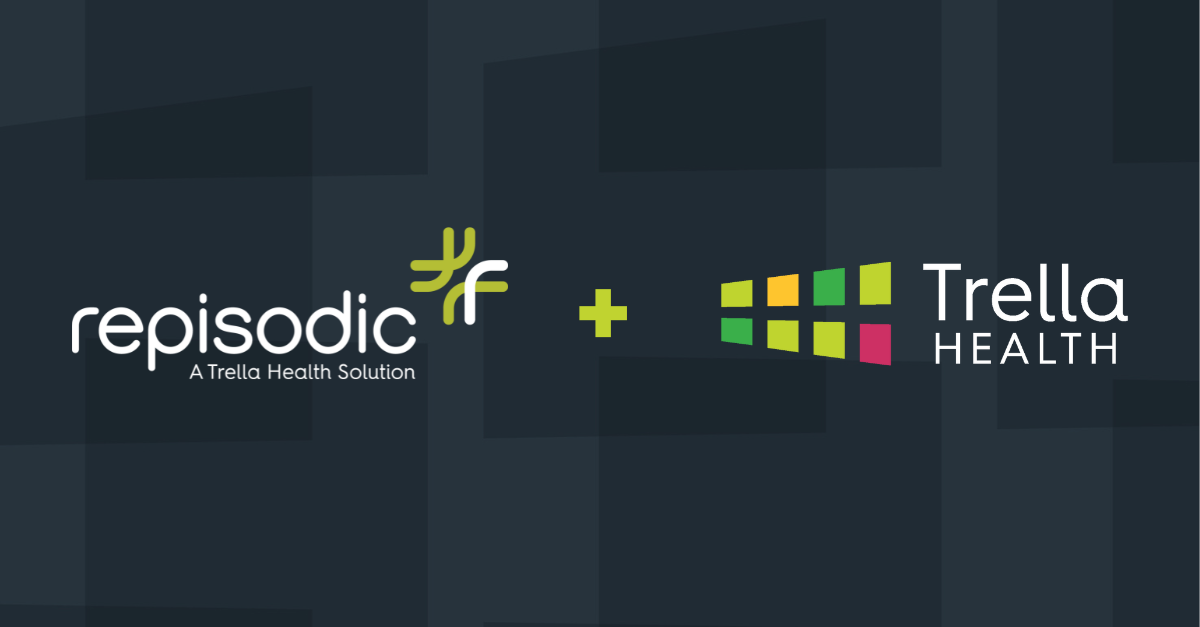Ashton Harrison, Marketing Engagement Manager
With a diverse background of sales and healthcare marketing, Ashton manages Trella’s events, press releases, and media and association relations. After graduating from Florida State University with a major in communications, she began her career at Greenway Health, a EHR company, where she found her passion for the healthcare industry. At Trella Health, she’s able to do all the things she loves about marketing — engaging at events, interactions with partners, and creating marketing pieces that share insight on Trella’s journey.5 Medicare Advantage Questions Your PAC organization Should be Asking
By Ashton Harrison | July 6, 2021
Recently, Michael Neuman, MPH, Trella Health’s VP of Data Science and Engineering, sat down with Andrew Donlan of Home Health Care News to discuss Medicare Advantage (MA) trends. During their discussion, Michael provided his perspective on the MA trends and changes that post-acute care organizations should be aware of. Based on their conversation, we’ve gathered the most critical questions your PAC organization should be considering, and answers from Michael from his own personal perceptive.
How do I stay competitive in my market when my organization has historically relied on Medicare Fee-For-Service (FFS)?
We’re seeing an industry-wide shift from Medicare FFS to Medicare Advantage. In fact, Medicare Advantage adoption has surpassed 40% nationwide, and it’s projected that 50% or more of Medicare beneficiaries will switch from Medicare FFS to Medicare Advantage by 2030.1 In some areas of the country, we’ve already seen those numbers, and they’re continuing to rise.
To stay competitive, post-acute care (PAC) organizations need to start digging into key metrics to understand benchmarks and trends. Knowing where industry standards are, where you need to improve, and where you stand against the competition will help you stay competitive in any payment model.
Will MA expansion continue into the foreseeable future?
While we don’t have a crystal ball, we can make some educated guesses about the future of Medicare Advantage. The Biden administration has made it clear that Medicare expansion (and specifically value-based payment models like MA) is a priority and a goal.
Further, as of right now, the burden lies on the federal government to pay for Medicare, which means that the federal government is going to prioritize finding ways to contain those costs. As Medicare Advantage has thus far shown to be a highly successful way to limit costs without sacrificing patient outcomes, it’s safe to say that the program will continue to receive governmental support. Also, as patients have begun to shift to private markets to receive care, commercial payers are incentivized to keep costs low to protect their revenue. This bodes well for the success and expansion of MA, as it gives both federal and private payers a strong incentive to keep costs low while improving patient outcomes.
How can home health and other PAC organizations use Medicare Advantage plans to increase historically low adherence rates?
One of the big advantages of Medicare Advantage is the financial incentive to improve outcomes. Based on Medicare Parts A and B data, as well as data from commercial payers, we know that patients who do not receive recommended post-acute care are much more likely to be readmitted to the hospital. Higher readmission rates cause more expenditures, which land on those commercial payers. Facing potentially significant financial penalties, payers and hospitals alike are more likely to collaborate with PAC organizations and patients to ensure patients receive the right care, in the right setting, at the right time.
What do PAC organizations need to consider for the future under MA?
Medicare Advantage enrollment is growing, and it’s projected to continue to grow over the long term. Organizations cannot continue to rely solely on Medicare FFS to stay competitive and must shift their focus to finding the right referral partners for their populations by nurturing the right partnerships for collaborative success. If you’re partnering with the right referral partners and the right MA plans, you’ll be more likely to succeed under the new payment model.
Likewise, PAC organizations must account for geographical differences. What do your payer and patient mixes look like in a certain area? What services are you currently offering in that region, and what services do your referral partners need to offer to improve outcomes and control costs? The goal should be to understand what’s happening in your markets, what’s happening with different payer mixes, and how to market your organization to your referral partners to get the right mix of patients to help grow your business.
Understanding your payer mixes can help you determine where your organization and your network excel, and where you may need improvement. You can then make informed decisions about which referral sources you want to pursue to improve performance even more. To do all this, you need to have a roadmap. The post-acute care market is highly competitive, and you simply cannot compete without visibility into key metrics on your own organization and your competition. Further, raw data can only tell you so much. You need insights and analytics to get your operational and business teams on the same page, to ensure that everyone involved knows the lay of the land, your organization’s goals, how your organization stands out, and which referral sources to target.
MA plans don’t reimburse at the same rate as Medicare FFS and other payers. Is that likely to change over time?
At the end of the day, you need to succeed as a business, and Medicare Advantage’s lower reimbursement rates can be daunting. We expect that, over time, these rates will be adjusted to keep Medicare Advantage moving forward. Right now, rates under MA are lower than FFS rates because the federal government has set capitated per-beneficiary amounts, and commercial payers are restricted to working within those limits to control costs. However, it’s important to remember that CMS is always evaluating and reevaluating its terms and costs. They are keenly attuned to those costs, and we can expect to see costs and reimbursement rates adjusted as the program matures.
Next Steps
As the leader in market intelligence for the 65+ population, Trella Health’s extensive data sets include Medicare FFS, Medicare Advantage, commercial payers, ACOs, and DCEs. To learn more about how data insights and analytics for key metrics can help your organization control costs, improve patient outcomes, and build a stronger referral network, schedule a demo today.
1. “Medicare Advantage Plans and Benefits Exploding in Popularity,” Ellen Fink-Samnick, RACmonitor, May 21, 2021. https://www.trellahealth.com/demo















